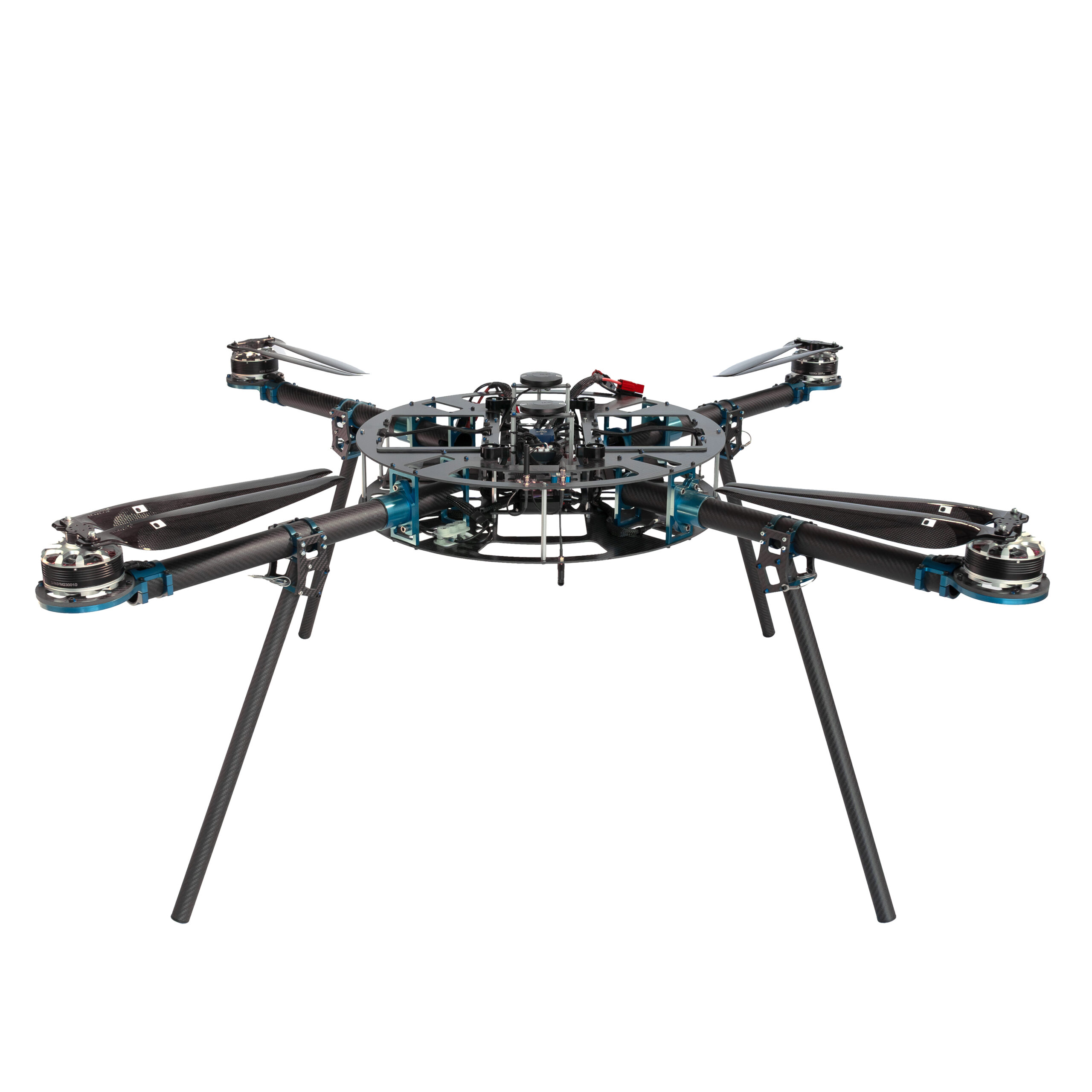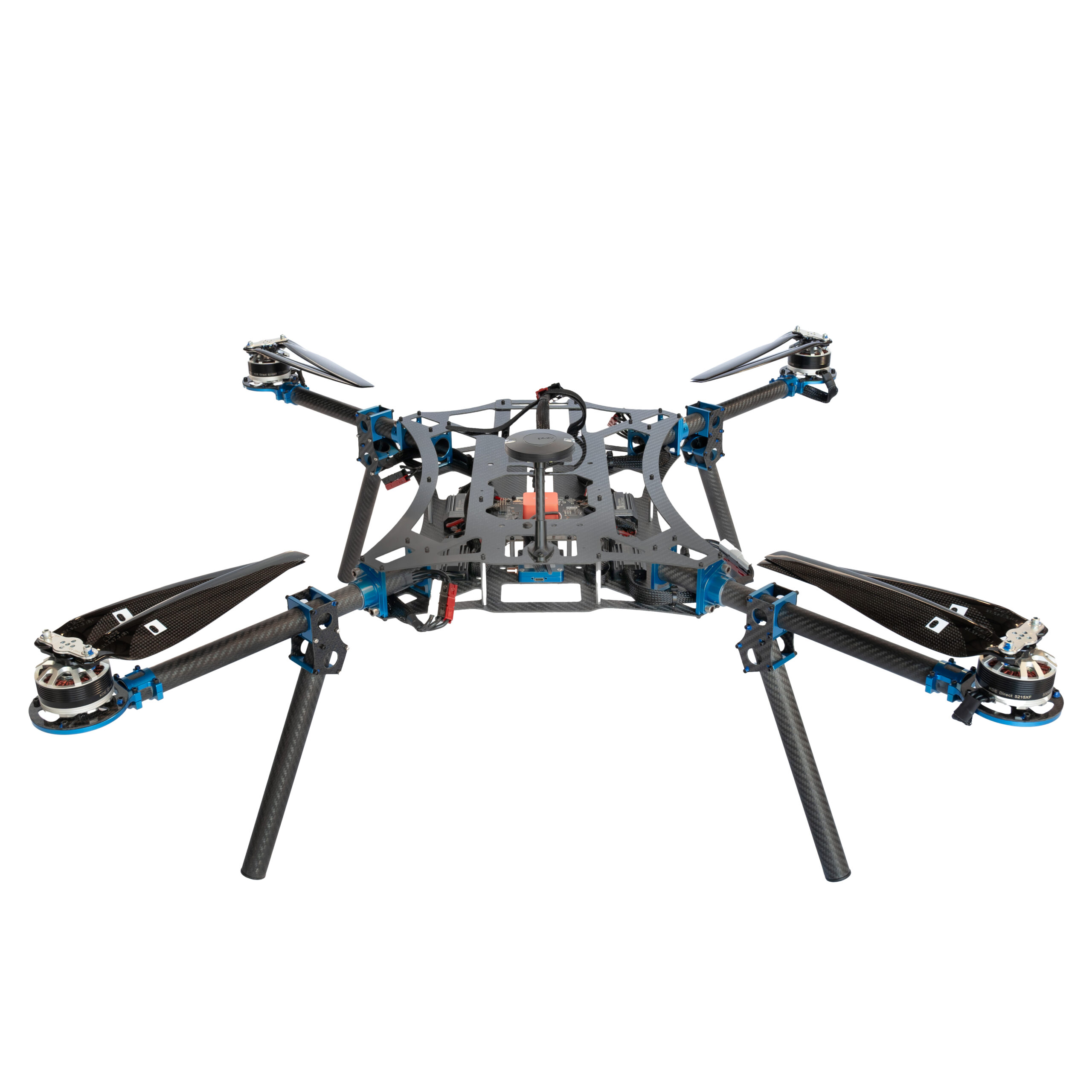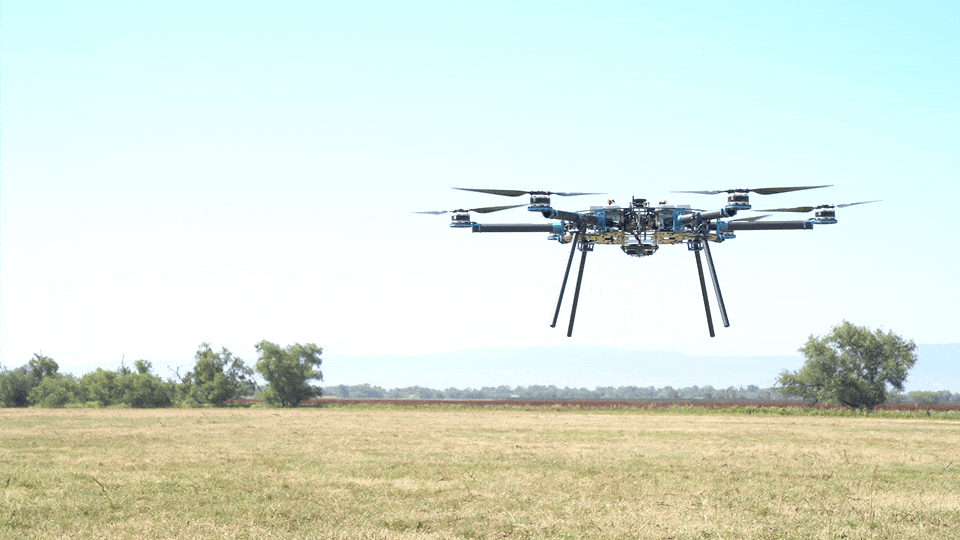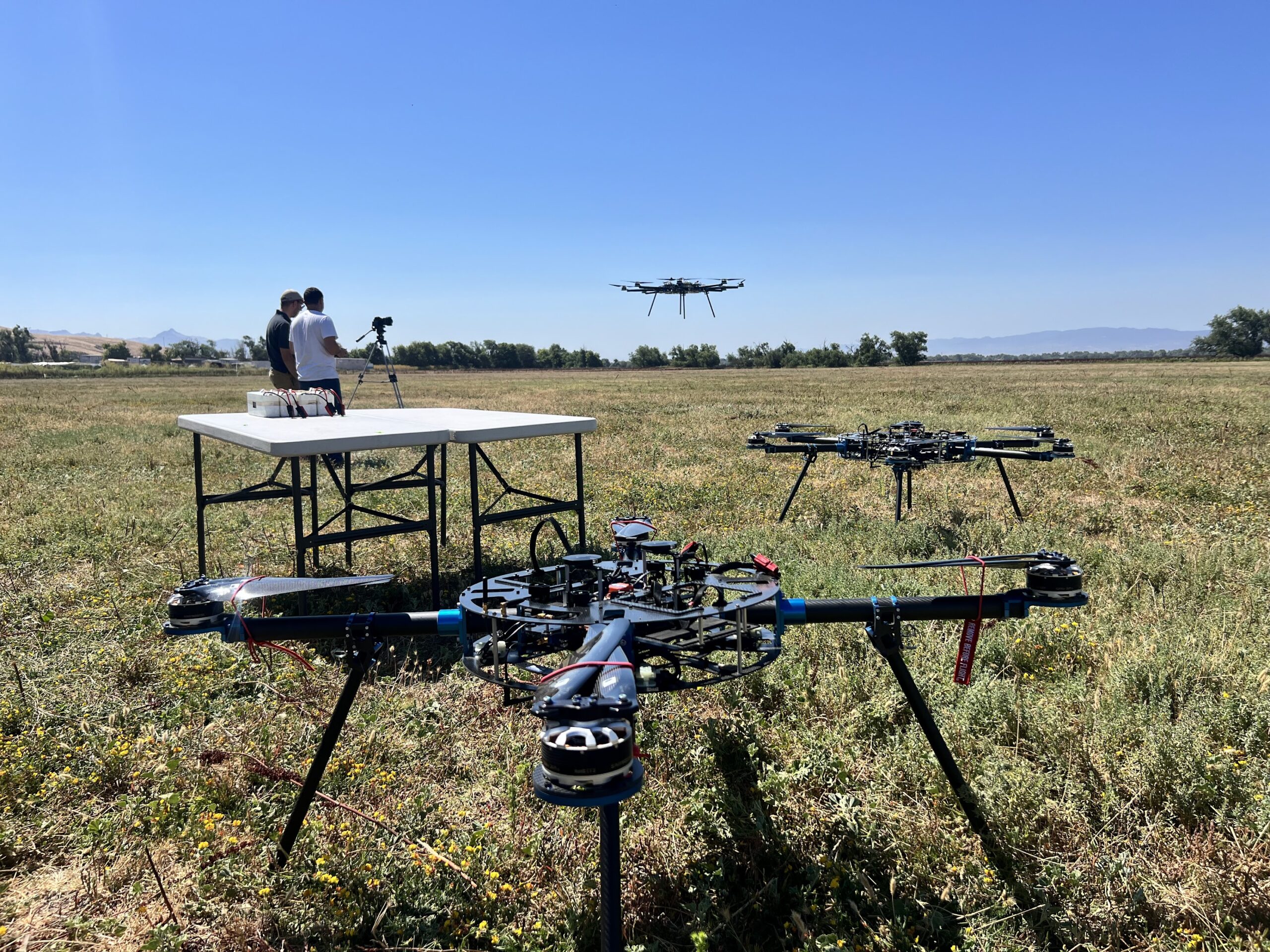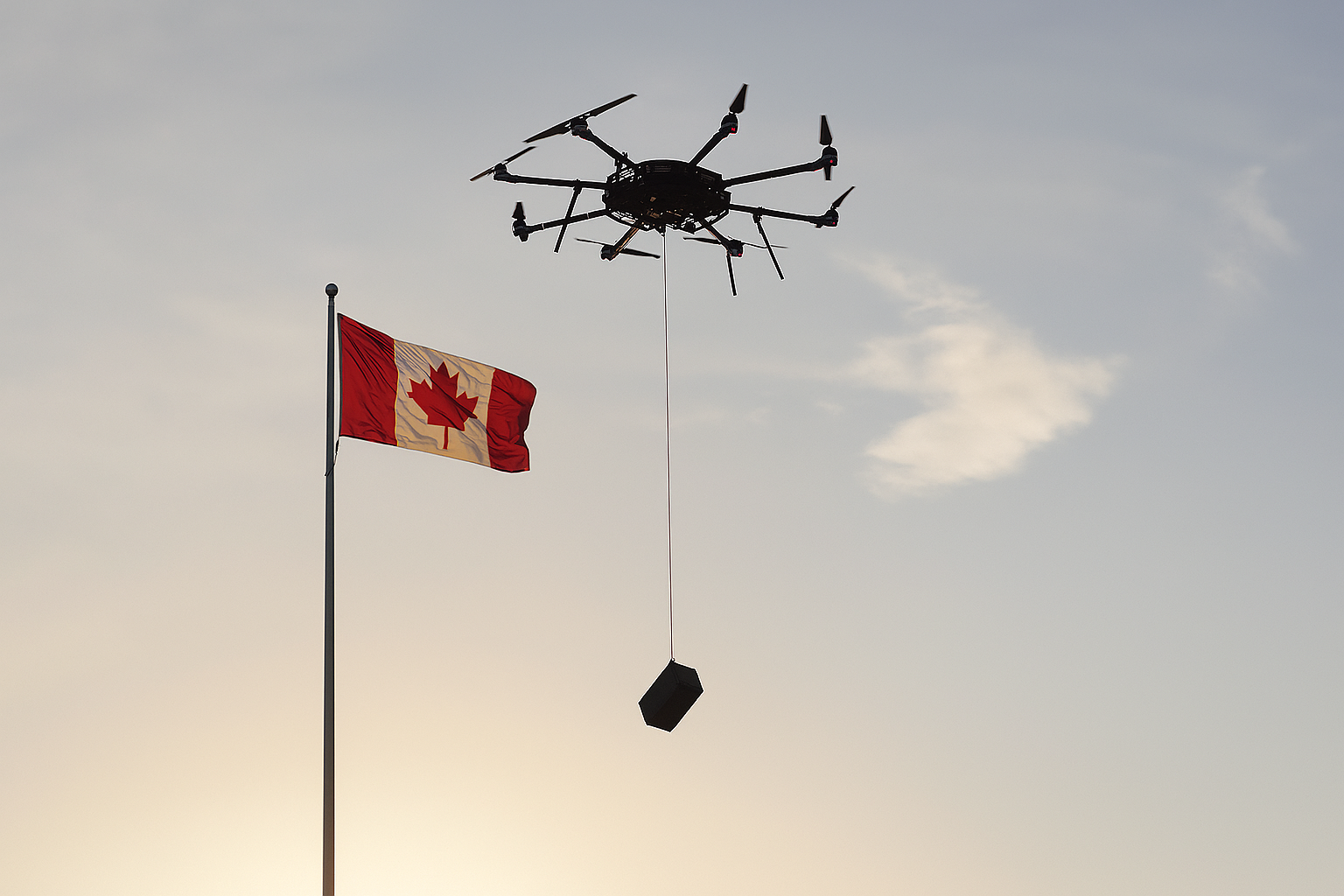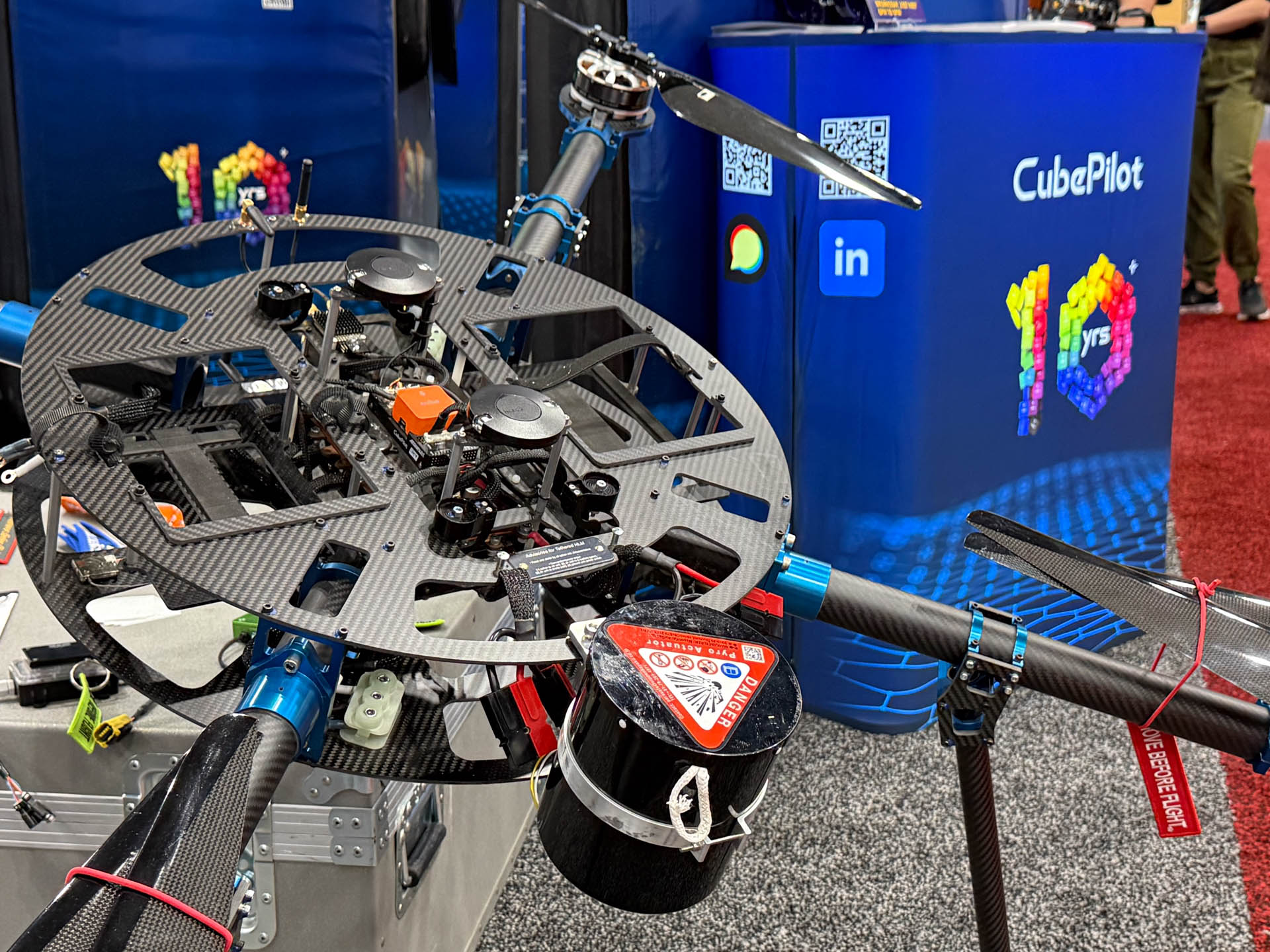
Unleashing American Drone Dominance: Legal, Technical, and Strategic Impacts of the White House’s June 2025 Executive Order
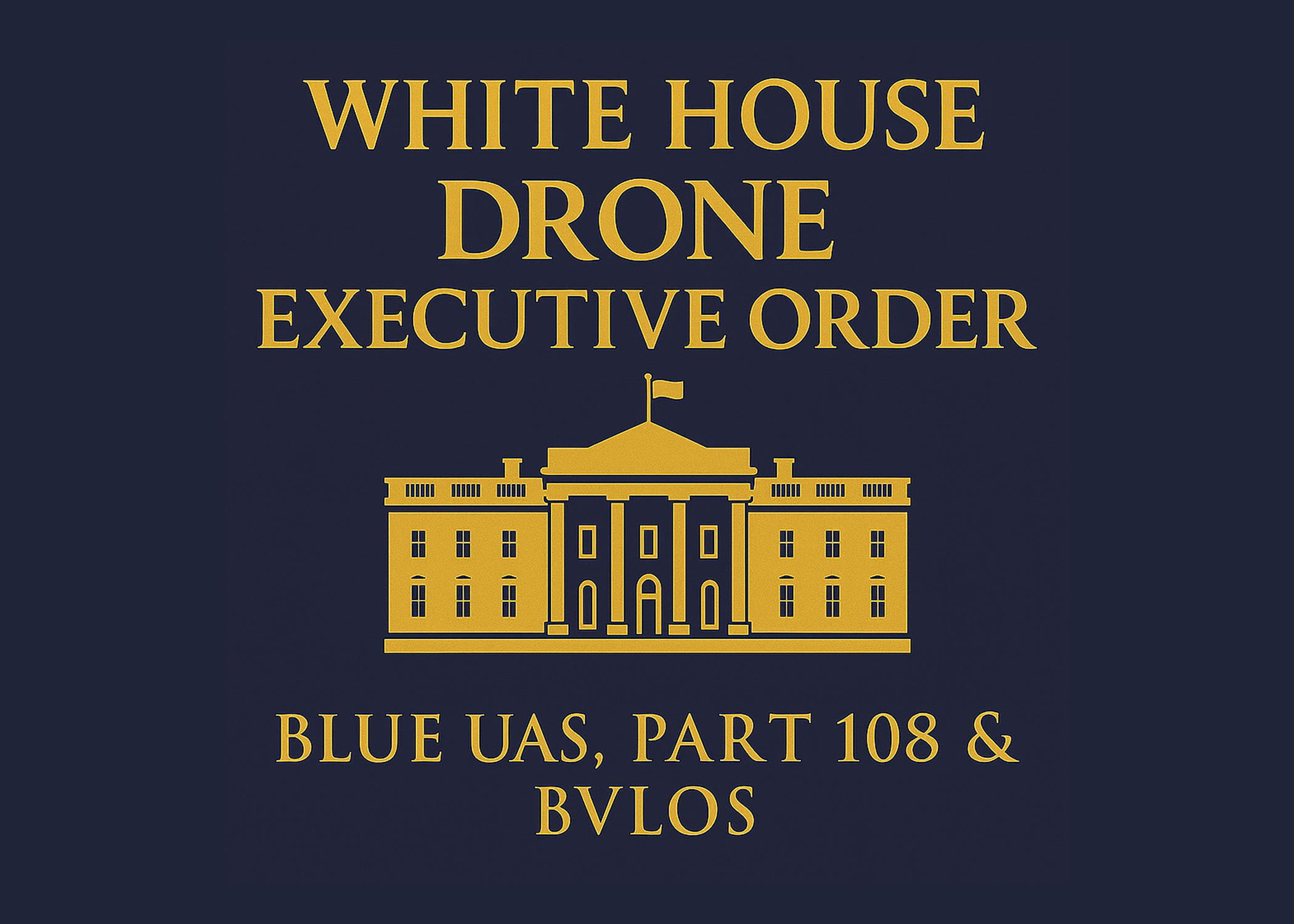
June 2025
In a sweeping and unprecedented policy move, the White House issued an Executive Order on June 6, 2025, entitled “Unleashing American Drone Dominance.” The goal: strengthen national security, supercharge domestic drone innovation, and remove bureaucratic friction from one of the world’s fastest-growing technology sectors.
This directive fundamentally reshapes how unmanned aircraft systems (UAS) are approved, regulated, and integrated into the national airspace—with huge implications for secure drone procurement, flights over critical infrastructure, and operations beyond visual line of sight (BVLOS). For manufacturers, pilots, defense contractors, and regulators, the roadmap is clear—and the next 240 days will be pivotal.
Blue UAS Expansion: From Closed Club to Competitive Pipeline
The Blue UAS list, created by the DoD’s Defense Innovation Unit (DIU), has historically served as a curated catalog of secure, NDAA-compliant drones cleared for federal use. Until now, this list has been relatively static and limited to a small group of vetted manufacturers.
Key Changes Introduced:
- Regular Expansion Cadence: The order mandates quarterly updates to the list.
- Tiered Risk Framework: Platforms may be accepted at different levels of authorization depending on their security posture, mission type, and operational environment.
- Pathway for Smaller Innovators: SMEs (small and mid-sized enterprises) now have a clearer path to clearance, provided they meet updated cybersecurity and supply chain standards.
This effectively democratizes access to the federal market for compliant U.S. drone manufacturers—while phasing out dependency on foreign-built systems.
“This is not just about eliminating Chinese drones. It’s about enabling the next wave of American drone tech to thrive on secure foundations,” said a senior DoD official involved in procurement modernization.
Introducing Part 108: A Legal Framework for Flights Over Critical Infrastructure
The most legally significant development is the directive for the FAA to establish a new rule under Part 108 of the Federal Aviation Regulations. This rule would create a dedicated regulatory category for drones operating over critical infrastructure—bridging a longstanding gap between FAA exemptions and real-world operational needs.
Legal Highlights:
- Part 108 will likely act as a specialized counterpart to Part 107, just as Part 135 governs commercial package delivery.
- It will formalize operations that today rely on waivers, COAs, or Part 91 exemptions, particularly for flights over energy plants, transportation corridors, defense installations, and high-value targets.
- FAA is expected to integrate performance-based standards—a legal shift that will prioritize safety outcomes over prescriptive equipment lists.
Enforcement Considerations:
Expect robust rule enforcement, particularly in coordination with:
- Department of Homeland Security (DHS)
- Federal Communications Commission (FCC) – particularly around C2 link integrity
- Federal Energy Regulatory Commission (FERC) – as infrastructure mapping intersects with regulatory oversight
Operators will likely need to demonstrate remote ID compliance, geo-awareness, and real-time telemetry integration.
“The goal of Part 108 is to close the operational loopholes around critical infrastructure flights,” notes an FAA spokesperson. “Standardization creates safety and legal predictability, which benefits all sides of the airspace equation.”
BVLOS Operations: From Waivers to Wide-Scale Integration
The U.S. has long lagged behind other nations in enabling routine BVLOS (Beyond Visual Line of Sight) operations due to an overreliance on case-by-case waivers.
What the Executive Order Requires:
- FAA must publish a comprehensive BVLOS roadmap within 240 days.
The plan must:
- Establish automated waiver review systems
- Set risk-based thresholds (urban vs. rural, weight class, altitude)
- Define minimum performance specs for detect-and-avoid, C2 link redundancy, and fail-safe behavior
| System Type | Requirement |
|---|---|
| Detect & Avoid (DAA) | ADS-B In, optical, radar, or cooperative DAA systems |
| C2 Link | Dual-band, with loss-of-link fallback (e.g., LTE + SATCOM) |
| Autonomous Failsafe | Return-to-home, loiter, or descent protocols |
| UAS Service Supplier | Integration with UTM / LAANC architecture |
For example, operators flying over long linear infrastructure (e.g., pipelines) may no longer need individual waivers if their systems meet FAA-specified safety performance metrics.
“The waiver model is broken,” said a former FAA executive, “This executive order empowers us to move toward scalable, rules-based BVLOS flights—just like other aviation sectors.”
Over 55 lbs: A Path Forward for Heavy-Lift UAS
Until now, UAS exceeding 55 lbs gross takeoff weight (GTOW) have occupied a legal gray zone. They fall outside Part 107, forcing operators to seek special exemptions under Part 91, or apply for Special Airworthiness Certificates—a process rife with delays and red tape.
With this Executive Order:
The FAA is instructed to remove artificial weight barriers if risk mitigation technologies are sufficient.
Part 108 and BVLOS rulemaking will explicitly include heavy-lift drones in use cases such as:
- Agricultural spraying
- Infrastructure lifting and inspection
- Emergency response with medical or communications payloads
This is especially relevant for companies like Aero Systems West, whose drones regularly operate near or above this threshold.
Legal Forecast:
A likely outcome is a performance-based subpart within Part 108, replacing the outdated “55 lbs = exclusion” rule with a tiered approval model.
Media Reactions:
Reuters captured the tone of urgency and competitive pressure:
“Trump signed orders to bolster U.S. drone defenses and reduce reliance on Chinese drones, citing risks to national security and digital infrastructure.” (Reuters)
AP News emphasized the dual-use threat:
“The orders come amid growing concern about drone misuse by criminals, terrorists, and foreign adversaries—particularly over critical facilities.” (AP)
Strategic Takeaway
This Executive Order doesn’t just fine-tune U.S. drone policy—it reorients it around three strategic pillars:
| Pillar | Function |
|---|---|
| Blue UAS Expansion | Strengthen federal procurement security |
| Part 108 Rulemaking | Enable high-trust infrastructure missions |
| BVLOS Legalization | Open scalable, autonomous commercial ops |
What’s Next for Operators & Industry Leaders like ASW
Here’s what drone companies and operators should do immediately:
- Engage with the FAA: Comment on NPRMs for Part 108 and BVLOS when opened.
- Audit your systems: Evaluate detect-and-avoid readiness, remote ID compliance, and C2 link resilience.
- Prepare certification materials: Document system reliability and prior BVLOS or >55 lb ops.
- Track Blue UAS Updates: Apply for consideration as the DoD pipeline opens further.
Where We Fit In
As the FAA begins laying the groundwork for routine BVLOS operations and Part 108 rulemaking, the future of heavy-lift UAS is no longer hypothetical—it’s imminent. For operators seeking platforms that exceed 55 pounds, meet demanding safety thresholds, and are purpose-built for complex missions, now is the time to align with systems that are already engineered for what’s coming.
At Aero Systems West, our American-made heavy-lift drones are designed to carry real payloads, over real distances, with the reliability and engineering excellence these new frameworks demand. From critical infrastructure inspection to emergency response logistics, we don’t just build drones—we build operational readiness for the airspace of tomorrow.
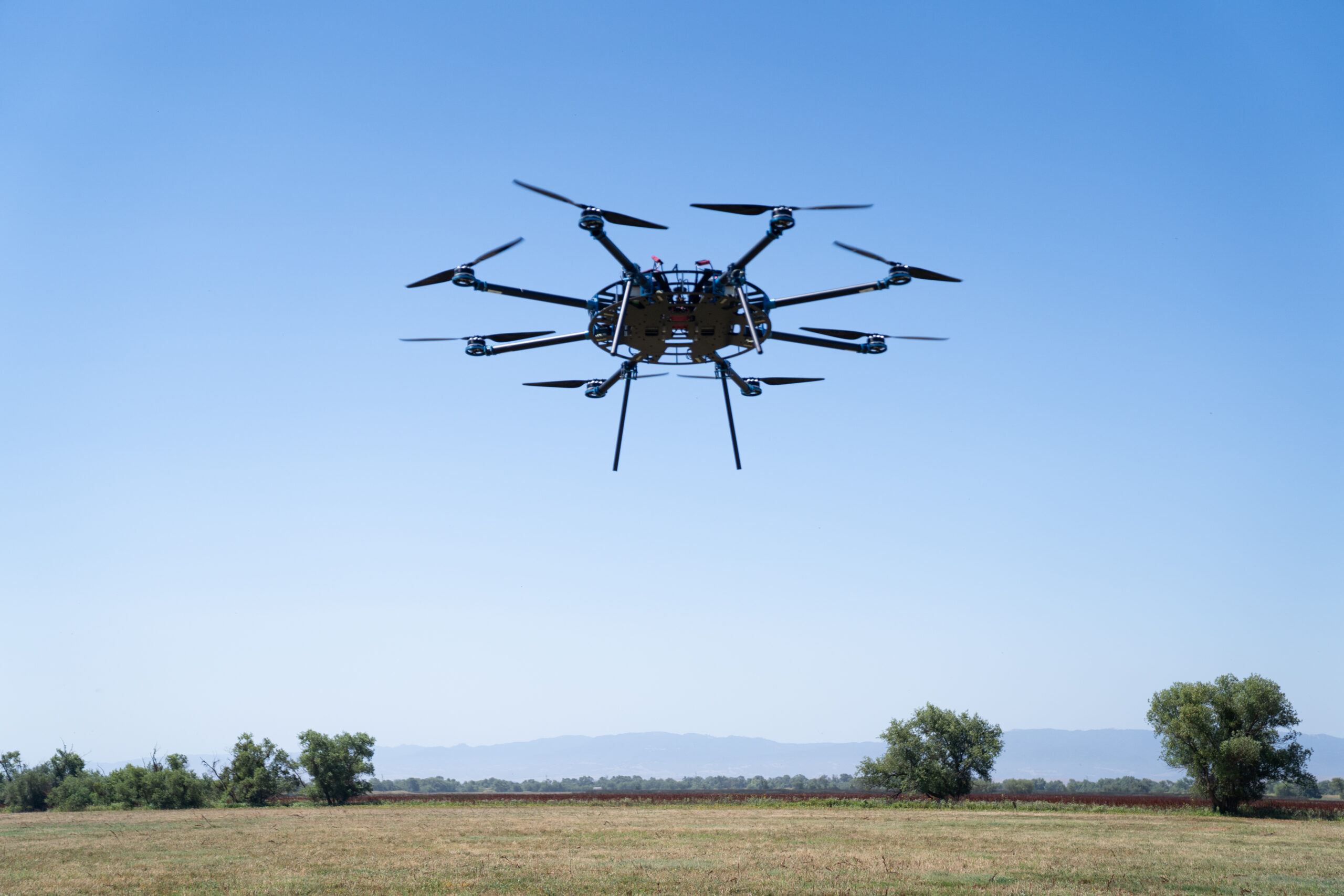
Final Thoughts
The Executive Order is not a finish line—it’s the starting flag. With deadlines set and mandates issued, 2025 will define the future of American drone leadership.
For those building, flying, or managing UAS systems: the rules are changing. And this time, they’re being written with permanence, scale, and trust in mind.
Building Custom Industrial Drone Fleets in California.
Aero Systems West is at the forefront of today’s dynamic drone industry. We specialize in developing custom unmanned aerial systems (UAS) that integrate cutting-edge software, advanced sensor fusion, and modular payload solutions. With deep expertise rooted in aerospace and defense, our team delivers innovative, adaptable, and mission-critical solutions designed to meet the evolving demands of commercial, public safety, and defense applications. Discover how our state-of-the-art technologies are reshaping the future of unmanned flight by visiting our website or contacting us directly.
-
- Select options This product has multiple variants. The options may be chosen on the product page
